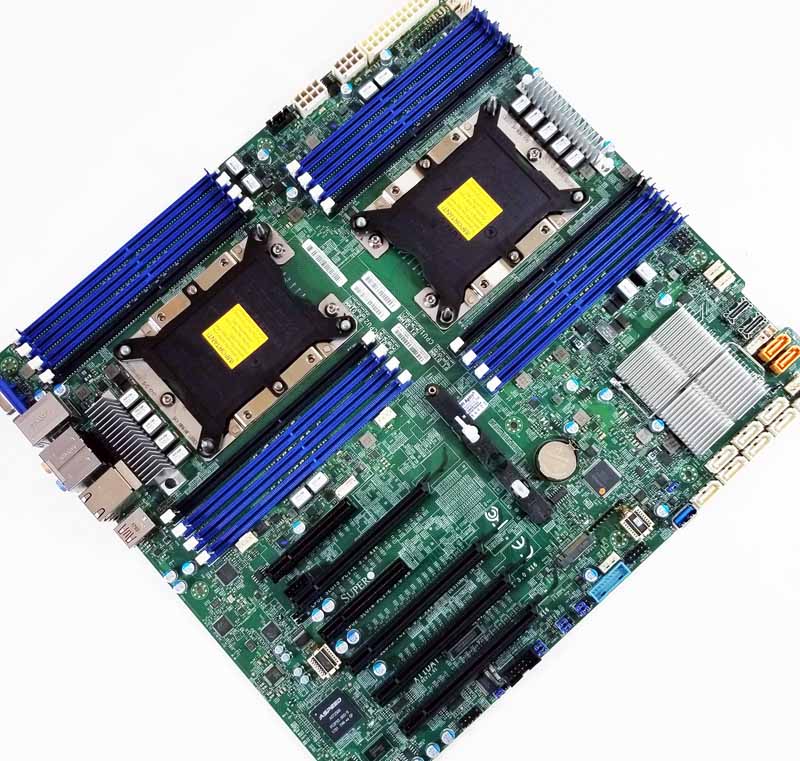2Q20 will be Ice Lake SP's start of mass production, then availability in 3Q20.
Not according to the sources reported here:
https://www.tomshardware.com/news/intel-refutes-reports-of-further-roadmap-delays
If you've got a better source, I'd like to know what it is.
Intel showed Ice Lake SP engineering sample-chips already many months ago on conferences, therefore I guess "too late".
It's never "too late" to run benchmarks, especially on a partner board. You know, there's typically more than one generation of engineering samples, and it takes time for partners to get their boards in shape. Finally, there's the issue of software support, which has to be there for actually booting an OS and making it through a run of a benchmark suite.
Finally, you have no idea
who ran the benchmarks. For all we know, it could be an employee who took the samples home because they were no longer needed at the office, or maybe even resold them, as sometimes happens.
It's literally never "too late" to see these kinds of benchmarks emerge, but it's sure as heck too early for Sapphire Rapids.
"ridiculously early", why? Production may be start at the End of 2020, therefore its only 12 month, to prepare, validate, test and adjust the new CPU arch and to finalize a completely new (and important) platform (DDR5, PCIe 5, CXL, Xe Link, ...).
Exactly. That's a lot of new tech that will require lab time to troubleshoot and debug, before they can even get to the point of trying to boot a normal OS and get the drivers debugged to the point where there's any hope of making it through a benchmarking run. And right now, a lot of the folks who would be involved in the later stages of that process probably still have their hands full with Ice Lake SP. So, it's just not plausible that Sapphire Rapids is nearly that far along.
And for the board, the cpu/s might be only test packages to evaluate only these in a very early stage, therefore they used an available platform.
No, that makes no sense.
Of cource I could be wrong, but I do not expect such a massive overhaul for Ice Lake SP, therefore my guess: its Sapphire Rapids SP.
Hmmm... new socket, PCIe 4.0, and new chipset are not exactly small changes. It's not like Cascade Lake, where you can just drop it in an existing socket on an existing board and go.
*) Additionally it can be expected that Ice Lake SP cores have been slightly modified (compared to the current mobile design) for server workloads, unless Intel takes the "storage server cpu" literally, therefore I would expect e.g. two AVX-512-FMA-units and the bfloat16 subset.
We know it won't have BFloat16, because the uArch predates Intel's commitment to that format. Cooper Lake will have it, though.
Anyway, the point about it being a storage server processor only strengthens the argument that it's Ice Lake SP. Storage servers have lots of I/O (such as PCIe 4.0), but are relatively weak on compute. Cooper Lake will still be on PCIe 3.0, and being 14 nm, will undoubtedly feature higher clock speeds.



